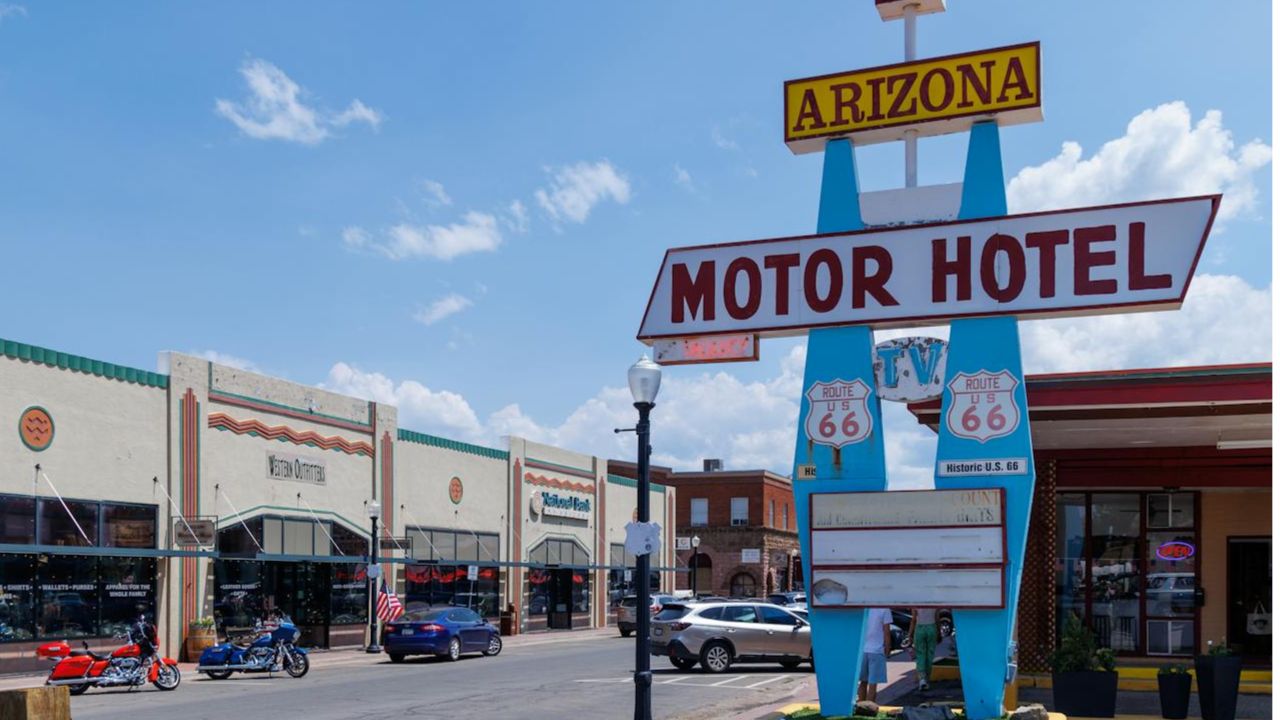Night skies still belong to places where horizons stay open and towns keep their lights low. In these parks, stars arrive with intent, the Milky Way throws a bright river across the dark, and quiet landscapes turn into careful compositions. Ridges, dunes, and arches offer clean silhouettes that reward patience and steady hands. Rangers host night programs in peak months, and astronomy festivals add shared wonder without crowding the view. What follows is a tour of reliable darkness and memorable foregrounds.
Big Bend National Park, Texas
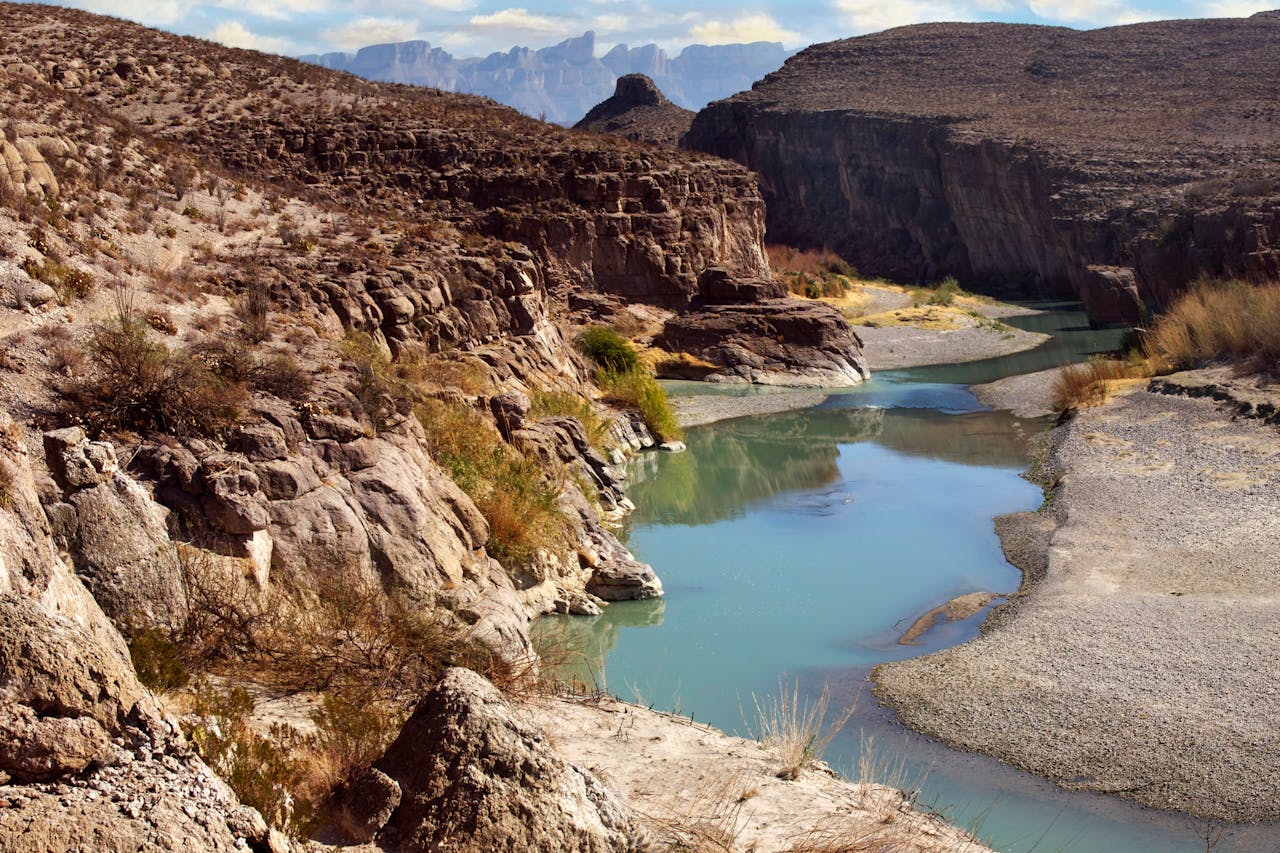
Big Bend holds some of the darkest verified skies in the continental United States, a desert basin framed by the Chisos and the Sierra del Carmen. Warm months bring a strong Milky Way core, while winter favors crisp constellations over quiet gravel washes. Rio Grande overlooks, sotol fields, and balanced boulders create spare lines that read well at long exposures. Air is often bone dry, so stars pop early in the evening, then deepen toward a silence that carries for miles.
Great Basin National Park, Nevada
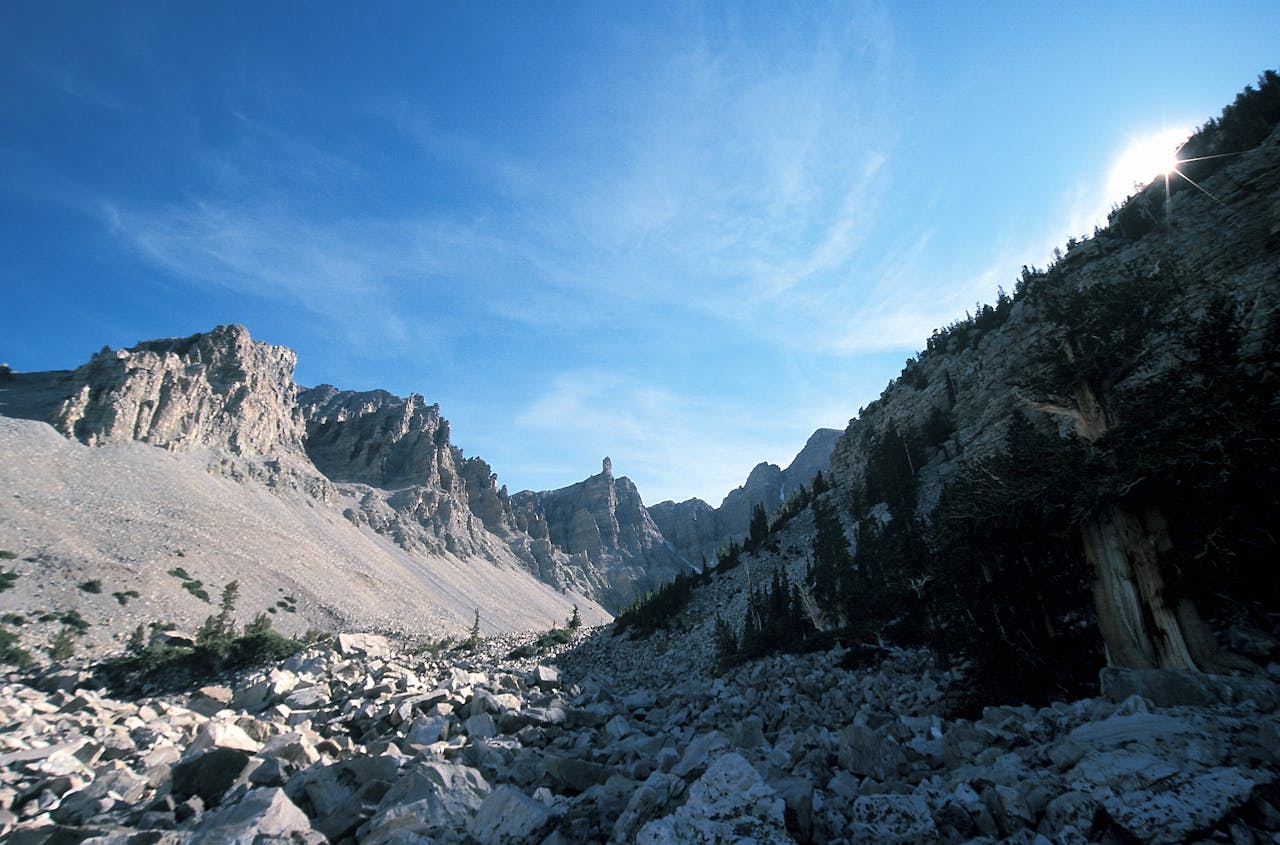
Great Basin sits far from major cities, with elevations that climb past ancient bristlecones to the shoulder of Wheeler Peak. Thin air and low humidity sharpen detail, and the limestone caves add a rare underground option for creative light control. Trailheads open to basins where the horizon stays low, perfect for wide angles and meteor showers. Summer astronomy programs shape expectations, then the night takes over and leaves an afterimage that lingers into first light.
Death Valley National Park, California and Nevada

Death Valley delivers vast sky over stark forms, from Mesquite Flat dunes to Badwater’s salt polygons and Ubehebe’s rim. Heat fades after sunset, wind settles, and the basin becomes a studio that rewards careful footing and long exposures. On clear nights the galactic core lifts over serrated ranges and reflects in shallow pools after rare rain. Moonlight turns the salt pan into a softbox, revealing texture that competes gently with the stars rather than washing them out.
Canyonlands National Park, Utah

Canyonlands spreads a high mesa above a maze of canyons, which means long horizons and clean silhouettes against dense star fields. Island in the Sky viewpoints frame glowing rivers and distant buttes, while Needles country offers sandstone spires that read well in side light from a rising moon. Spring and fall bring steady seeing and cool nights. Rock, sky, and the faint line of a road far below create a sense of scale that cameras handle with honest restraint.
Capitol Reef National Park, Utah
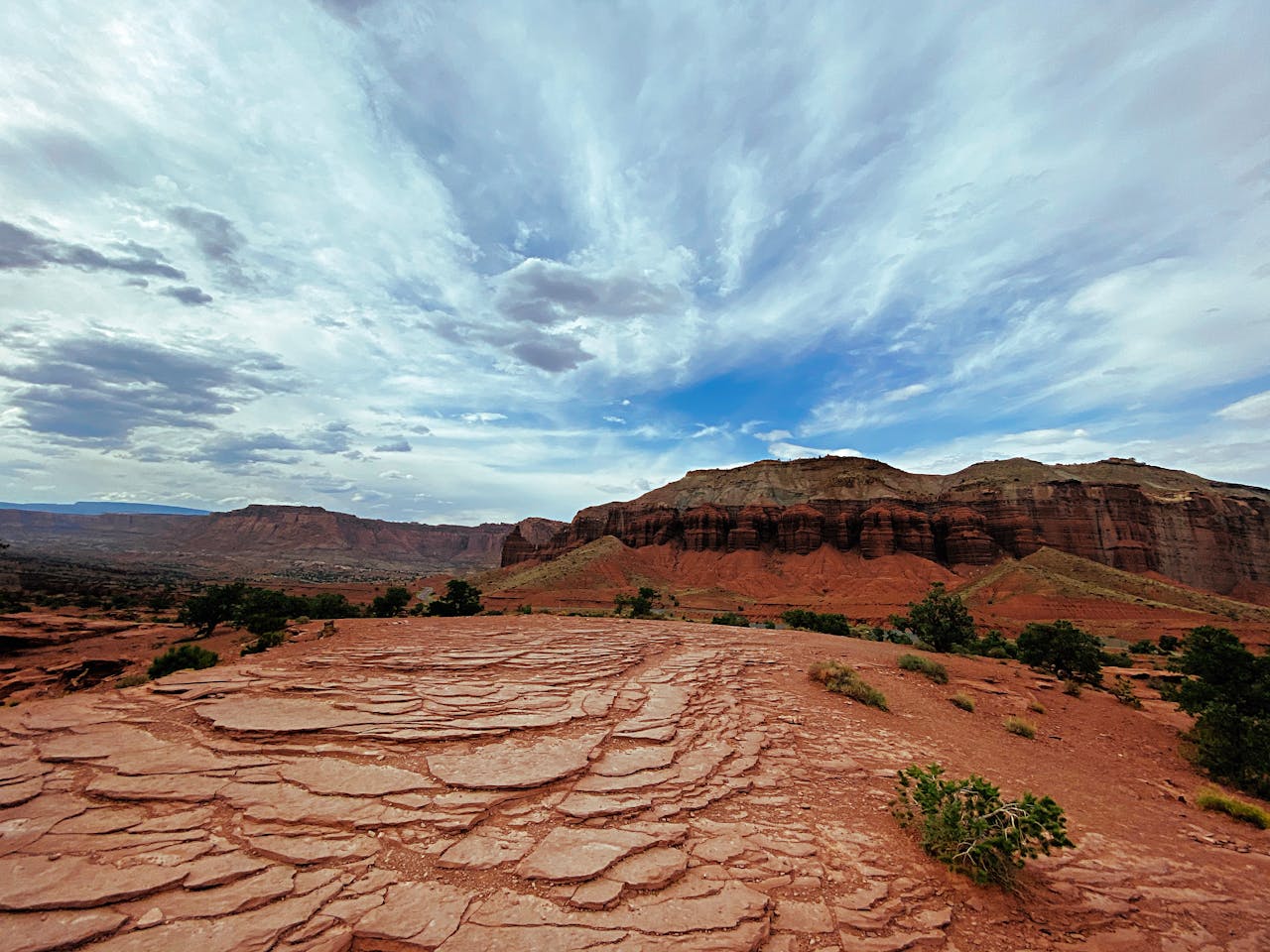
Capitol Reef’s Waterpocket Fold folds time into stone, then sets it under a sky that often feels untouched. Fruita’s orchards add seasonal bloom and soft lines near historic cabins, while domes and fins catch low moonlight that outlines form without glare. The park’s central location in red rock country keeps light domes distant, so star colors hold. Late summer monsoon breaks can leave moist air that reflects a second sky in desert pools after storms pass.
Bryce Canyon National Park, Utah
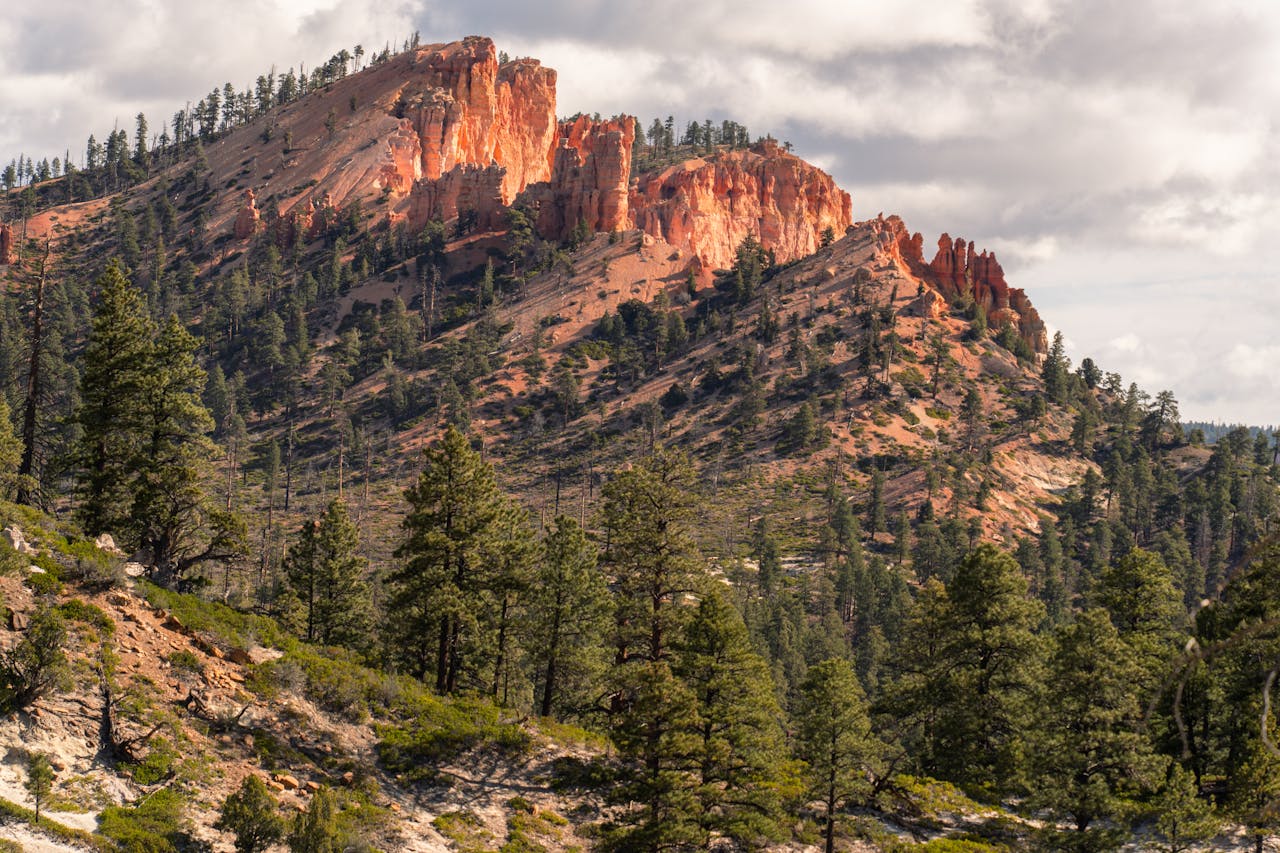
Bryce Canyon stacks thousands of hoodoos into an amphitheater that turns into a lantern field when the sky clears. Dry, cool air at high elevation helps both contrast and comfort, and the rim offers safe, broad viewpoints that avoid cliff exposure in the dark. Winter can bring inversion fog that pools below, leaving hoodoo tops and stars above a pale sea. Ranger led sessions teach a simple truth, that dark and quiet are tools as useful as any lens.
Acadia National Park, Maine
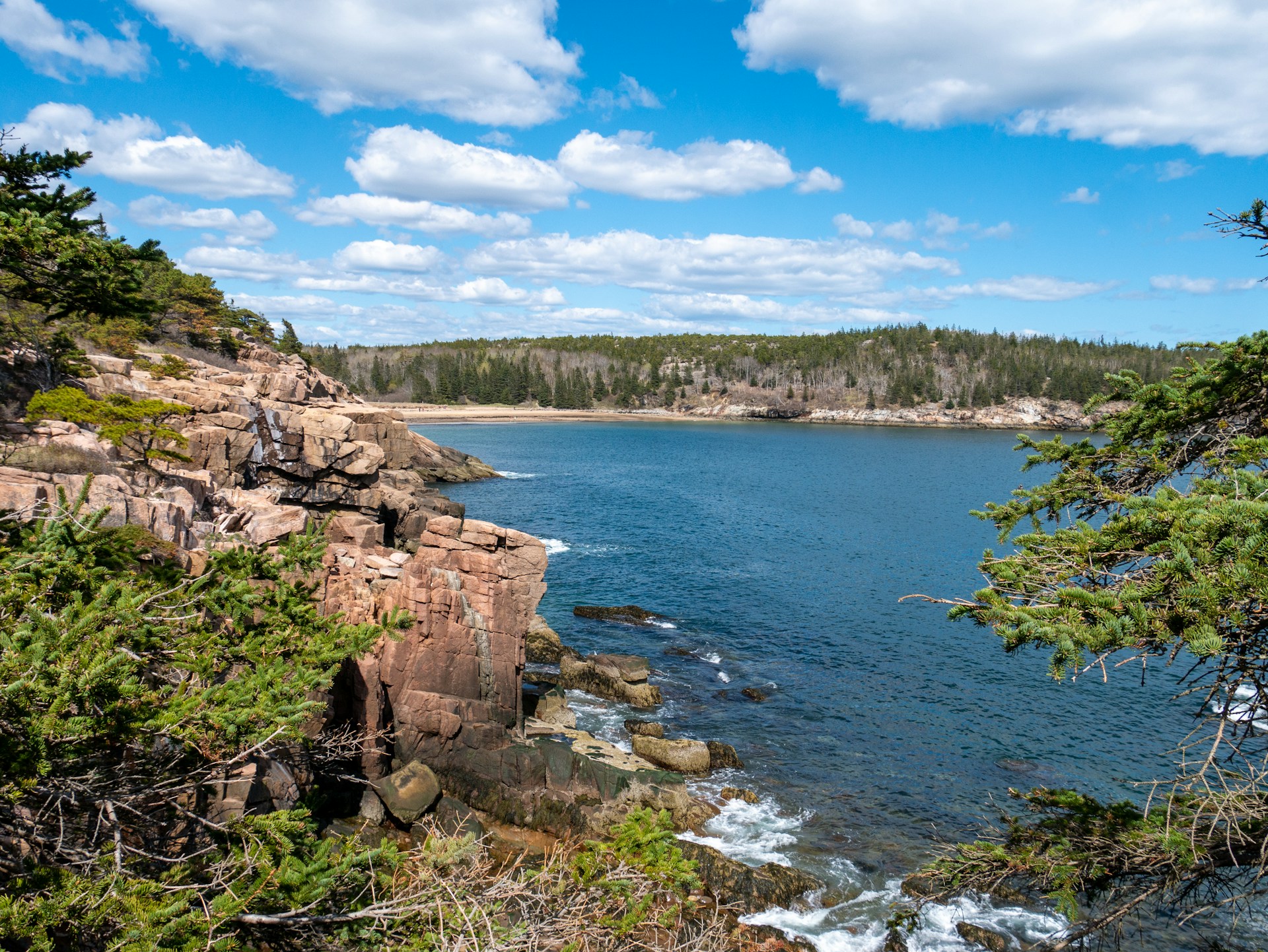
Acadia sits closer to towns than western parks, yet coastal air and careful lighting still allow strong nights on many dates. Cadillac Mountain and Sand Beach provide sightlines that pair bright stars with Atlantic surf, while granite ledges hold steady under long exposures. The annual Night Sky Festival gathers astronomers and photographers who favor courteous light use and patience. After moonrise, tide pools mirror constellations, folding sea and sky into a single, slow moving frame.

